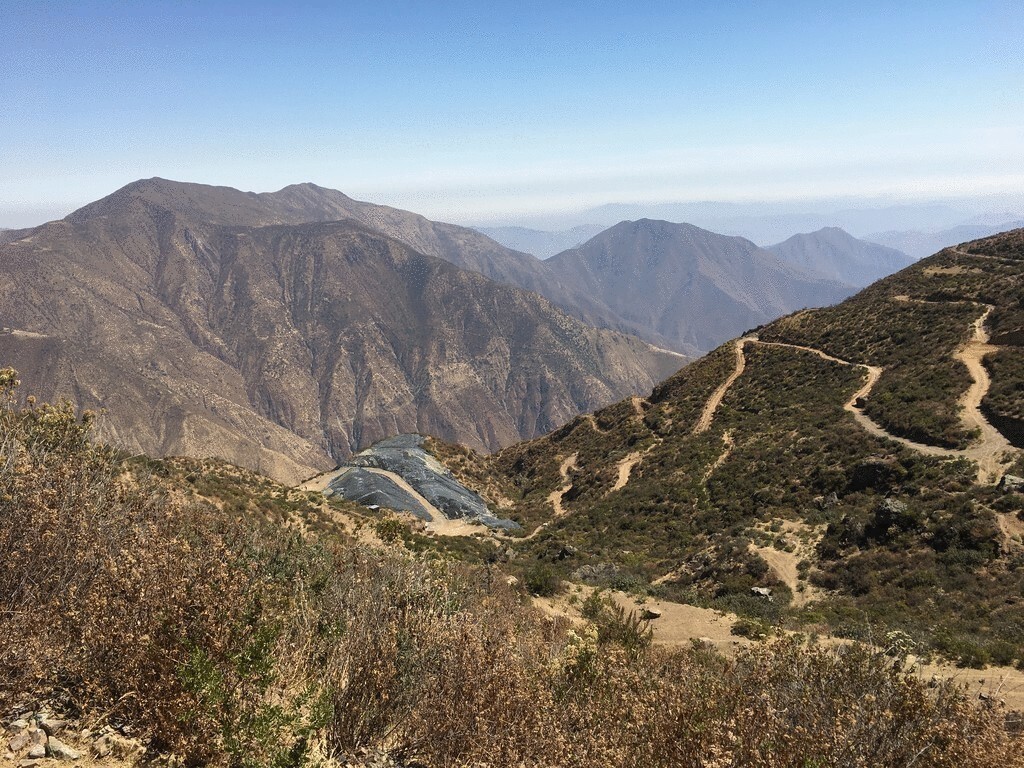Greenland Minerals says it is focused on rare earths, not uranium

Australia’s Greenland Minerals said on Friday uranium was of no great importance to its rare earth mining project in Greenland, as it seeks to assuage concerns in the face of opposition from the Arctic island’s newly formed government.
Doubts have risen over the future of the Kvanefjeld project as the left-wing Inuit Ataqatigiit (IA) party pledged on Wednesday its opposition after winning a parliamentary election.
Greenland Minerals said it would engage in talks with the new government over the project, helping its shares recover from their worst day on record in the previous session.
“One of the advantages of the Kvanefjeld ore and why it carries a high profile among rare earth projects is because it is large, it has simple processing, and a large enrichment of rare earths,” Managing Director John Mair told Reuters.
The company has already spent more than $100 million preparing the mine
This includes light rare earths neodymium and praseodymium as well as heavy rare earths dysprosium and terbium, he said, which are used in strong magnets in items such as engines and wind turbines.
Drawing attention to IA’s “anti-uranium” stance, Greenland Minerals said the metal was not of great economic significance to the project, which is focused on the production of rare earth elements.
“What’s important is the radioactive component has been studied in great detail, by world leading experts, studied and signed off and there really have not been any issue with respect to communities, the environment or workers,” he said.
The Australian explorer, which has been operating in Greenland since 2007, holds the licence for the project and gained preliminary approval for it last year.
A public consultation process runs until June, after which a company would typically respond to public concerns in a white paper. After that it would still need government permits before any production could begin, he said.
The company has already spent more than $100 million preparing the mine and has proven processing technology through its Chinese partner Shenghe Resources. If the project meets all those requirements, then it should be producing around the middle of the decade, Mair added.
International mining companies have been pushing for rights to exploit the rare earth deposits in Greenland, which the U.S. Geological Survey says are the world’s biggest undeveloped deposits.
Shares of Greenland Minerals closed up 23.6%, partially recovering from the previous day’s slump.
On Thursday, the stock tanked more than 44% in its worst day before trade was halted for an update on the election results.
(By Melanie Burton and Shruti Sonal; Editing by Vinay Dwivedi, Subhranshu Sahu and Toby Chopra)
{{ commodity.name }}
{{ post.title }}
{{ post.date }}

Comments